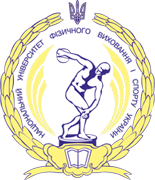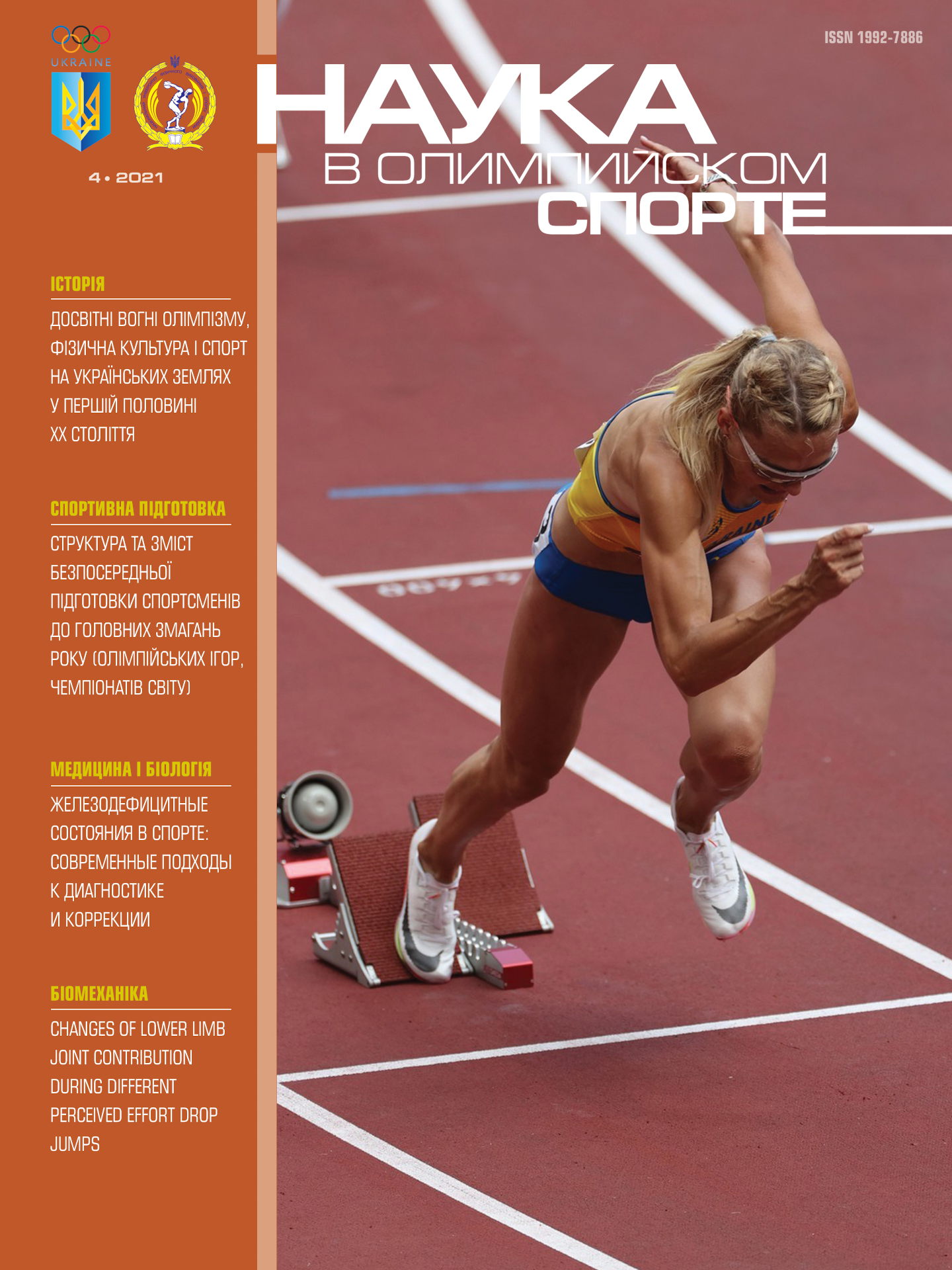Abstract:
Objective. To determine indices of pulse sums and energy cost of exercises of different power and maximum duration.
Methods. The study involved 26 highly skilled swimmers, middle distance runners and speed skaters. Exercises of 10, 30, 60, 120, 360 s duration were performed on a bicycle ergometer. Volume and composition of exhaled air (MMC, “Beckman” firm), the blood lactic acid content (microanalyzer pH and blood gases IL-213, “Instrumentation Laboratori” firm) were measured. The heart rate was recorded by P-610 device (“Polar” firm). A special computer program and the standard Statistics and Excel software packages were used to process the results.
Results. The use of generalized pulse criteria for rationing training loads in the analysis of the heart rate kinetics during work and recovery has been considered and substantiated. The total pulse value indices of the exercises increase rapidly during shortterm exercises, but after a threshold time of 2 min, sharply reduce their growth rate. In the studied range of values of the limiting time of work changes of the pulse value are mainly determined by alterations in the pulse amount of recovery. The highest changes in pulse value are recorded at critical power indices, which correspond to the maximum increase in aerobic metabolism during work. Dependences of pulse value of exercise indices on values of limiting time and relative power in the basic features closely reproduce a picture of change of indices of O2-arrival, O2-debt and O2-request during performance of work. The deduced regression dependencies of their changes can be used to determine energy costs at known values of the exercise pulse value.
Conclusion. The established critical values of energy costs and pulse amounts of exercise allow to give a strict quantitative assessment of applied training loads and to carry out their classification for the development of effective programs for training optimization.
Аннотация:
В статье рассмотрено и обосновано использование обобщенных пульсовых критериев для нормирования тренировочных нагрузок путем анализа кинетики пульса во время работы и восстановления.













